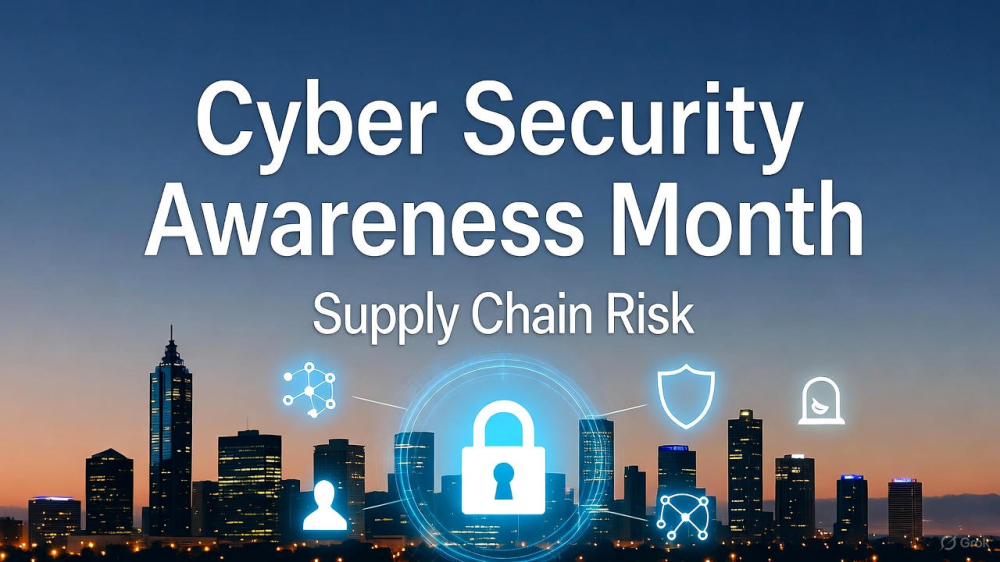In today’s fast-paced digital landscape, businesses increasingly rely on managed IT services to maintain and enhance their IT infrastructure. The onboarding process for managed IT services is a critical phase that sets the foundation for a successful partnership between a business and its Managed Service Provider (MSP). This guide will walk you through the essential steps and best practices for a smooth and effective onboarding process.
Understanding Managed IT Services Onboarding
Managed IT services onboarding involves integrating the MSP’s services with your existing IT infrastructure. This process ensures that the MSP understands your business needs, sets up the necessary systems, and establishes a foundation for ongoing support and management. A well-executed onboarding process can significantly enhance your business operations, improve security, and optimise IT performance.
Key Steps in the Managed IT Services Onboarding Process
- Initial Consultation and Assessment The onboarding process begins with an initial consultation and assessment. During this phase, the MSP meets with your team to discuss your business goals, IT challenges, and specific requirements. This step involves:
- Understanding your current IT infrastructure
- Identifying pain points and areas for improvement
- Defining objectives and expectations
- Detailed IT Audit Following the consultation, the MSP conducts a detailed IT audit. This audit comprehensively analyses your existing systems, including hardware, software, networks, and security measures. The IT audit helps the MSP identify:
- Current system performance and reliability
- Security vulnerabilities and risks
- Opportunities for optimisation and enhancement
- Customised IT Strategy Development Based on the findings from the IT audit, the MSP develops a customised IT strategy. This strategy outlines the steps needed to integrate the managed services and achieve your business objectives. The IT strategy typically includes:
- Infrastructure upgrades and improvements
- Security enhancements and protocols
- Migrating data and applications as needed
- Service Level Agreement (SLA) Definition A critical component of the onboarding process is defining the Service Level Agreement (SLA). The SLA outlines the performance standards, response times, and support levels the MSP commits to providing. It ensures that both parties have a clear understanding of expectations and responsibilities.
- Implementation and Integration The next step involves implementing the IT strategy and integrating the managed services. This phase includes:
- Installing and configuring new hardware and software
- Setting up network and security systems
- Implementation timelines and milestones
- Testing and Validation Once the systems are in place, the MSP conducts thorough testing and validation. This step ensures that all components function correctly and meet the defined performance standards. Testing and validation help identify and resolve any issues before the managed services go live.
- Training and Knowledge Transfer To ensure a smooth transition, the MSP provides training and knowledge transfer to your internal IT team and end-users. This training covers the new systems, tools, and processes implemented during the onboarding process. Effective training helps your team understand how to use the new systems and ensures they can operate efficiently.
- Ongoing Support and Monitoring After the initial onboarding, the MSP provides ongoing support and monitoring to ensure the continued performance and security of your IT infrastructure. This includes regular system updates, security patches, and performance monitoring. Ongoing support helps address any issues that arise and ensures your IT systems remain optimised.
Best Practices for a Successful Onboarding Process
- Clear Communication Effective communication between your business and the MSP is crucial throughout the onboarding process. Regular updates, progress reports, and open lines of communication help ensure that both parties are aligned and any issues are promptly addressed.
- Comprehensive Documentation Documenting each step of the onboarding process is essential for future reference and troubleshooting. Comprehensive documentation includes details of the IT audit, customised IT strategy, implementation steps, and training materials.
- Stakeholder Involvement Involving key stakeholders from your business in the onboarding process helps ensure that the MSP understands your business needs and objectives. Stakeholder involvement also facilitates smoother decision-making and approval processes.
- Flexibility and Adaptability The onboarding process may encounter unexpected challenges or changes in requirements. Maintaining flexibility and adaptability allows the MSP to adjust the onboarding plan as needed to address any issues and ensure a successful outcome.
- Focus on Security Security is a critical aspect of the onboarding process. Ensuring that the MSP implements robust security measures and protocols helps protect your business from cyber threats and data breaches.
- Regular Reviews and Feedback Conducting regular reviews and seeking feedback from your team helps identify areas for improvement and ensures that the onboarding process meets your business needs. Continuous improvement is key to maintaining a successful partnership with the MSP.
Conclusion
The onboarding process for managed IT services is a vital step in establishing a successful partnership between your business and the MSP. By following the key steps and best practices outlined in this guide, you can ensure a smooth and effective onboarding process that enhances your IT infrastructure, improves security, and optimises performance. A well-executed onboarding process sets the foundation for ongoing support and management, helping your business achieve its IT goals and objectives.

